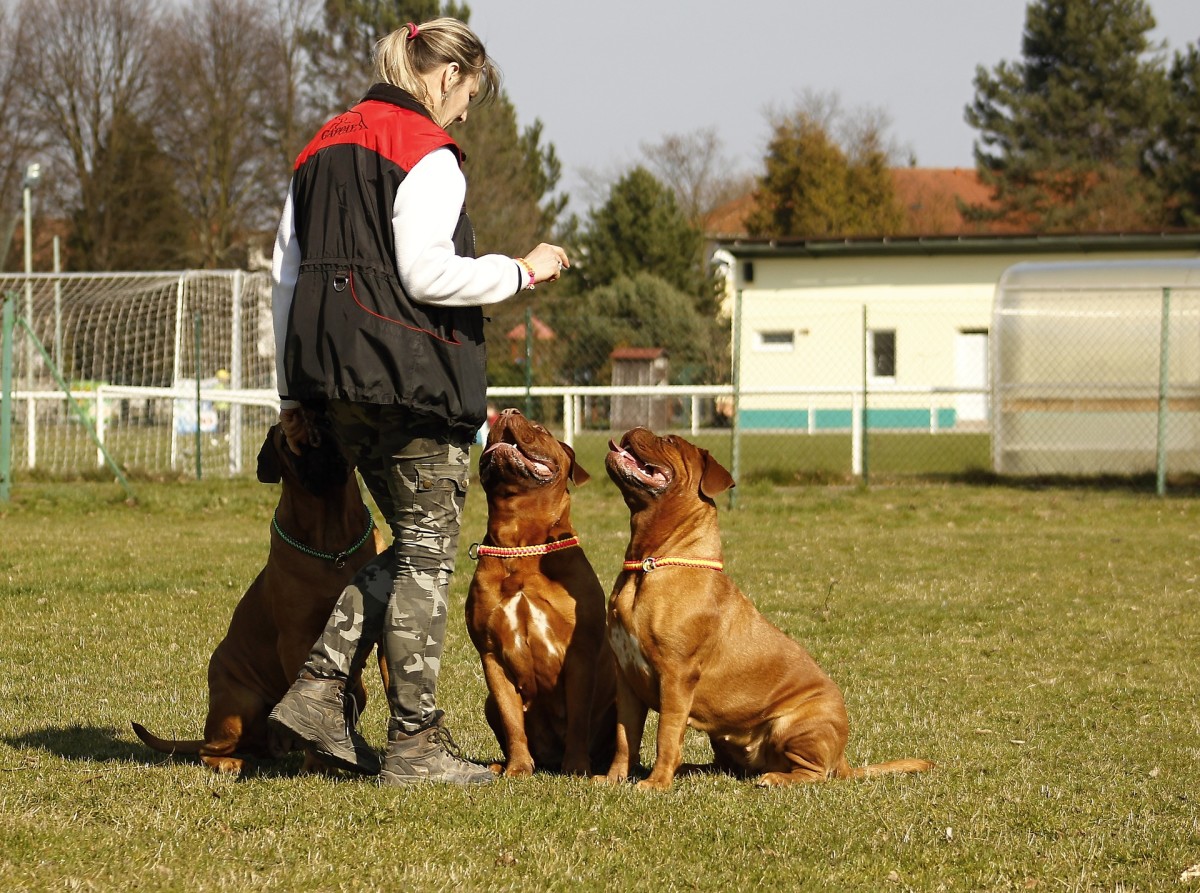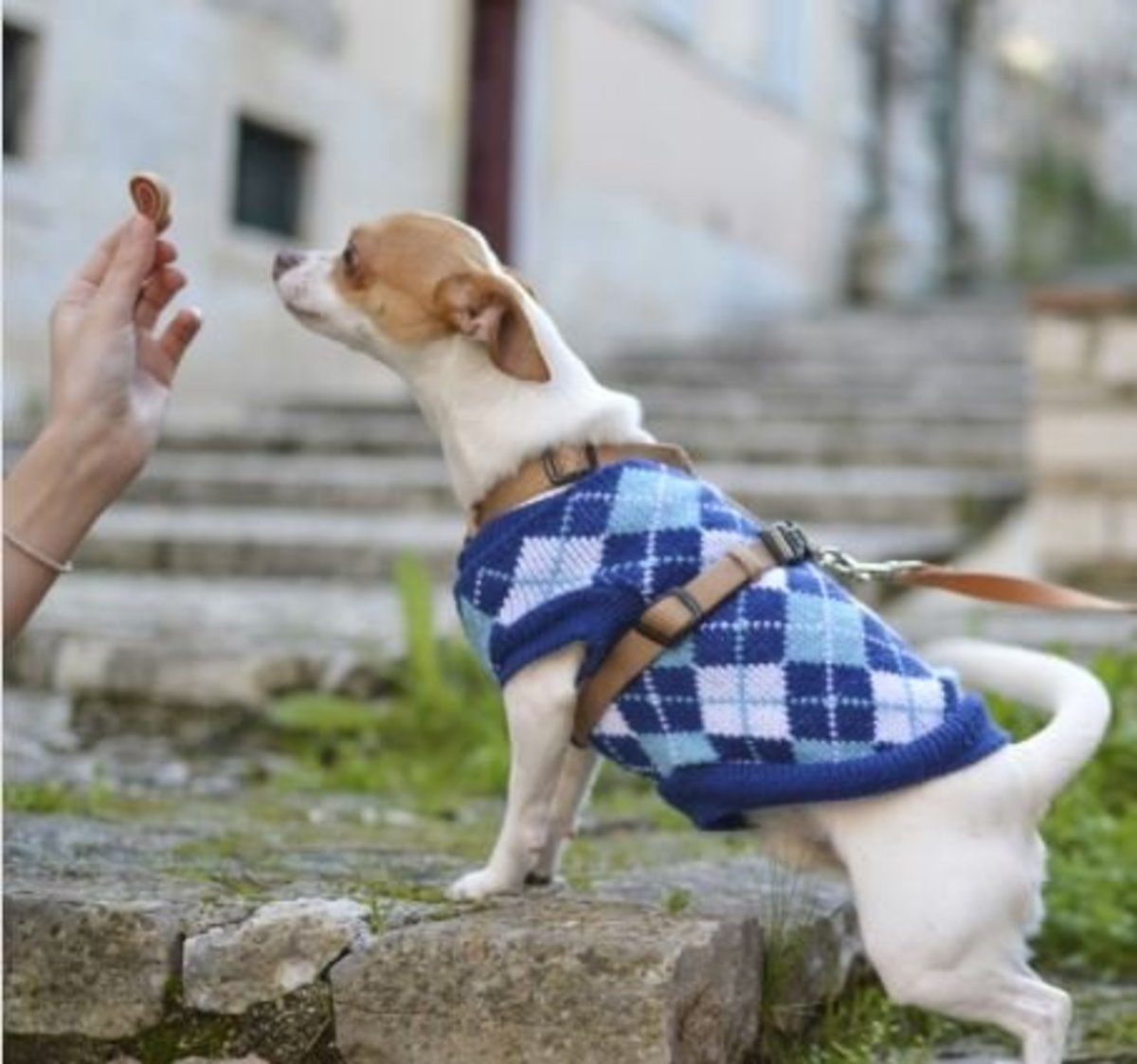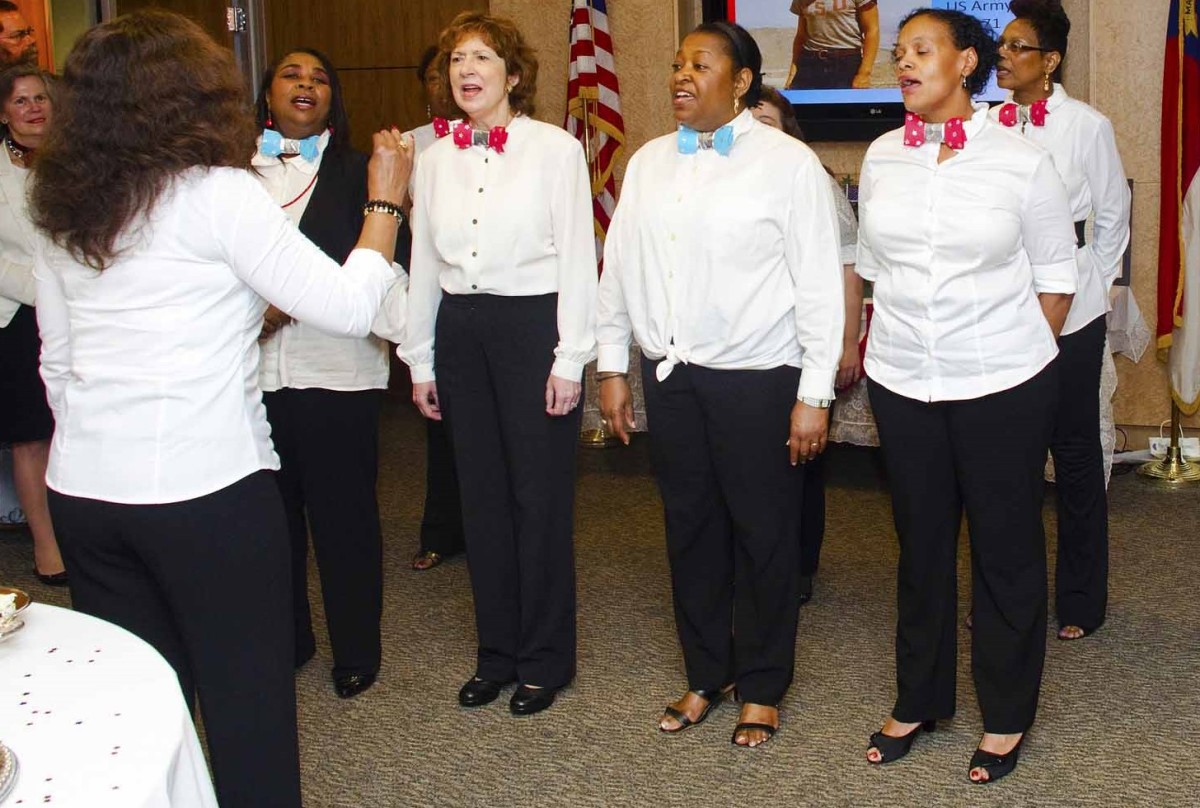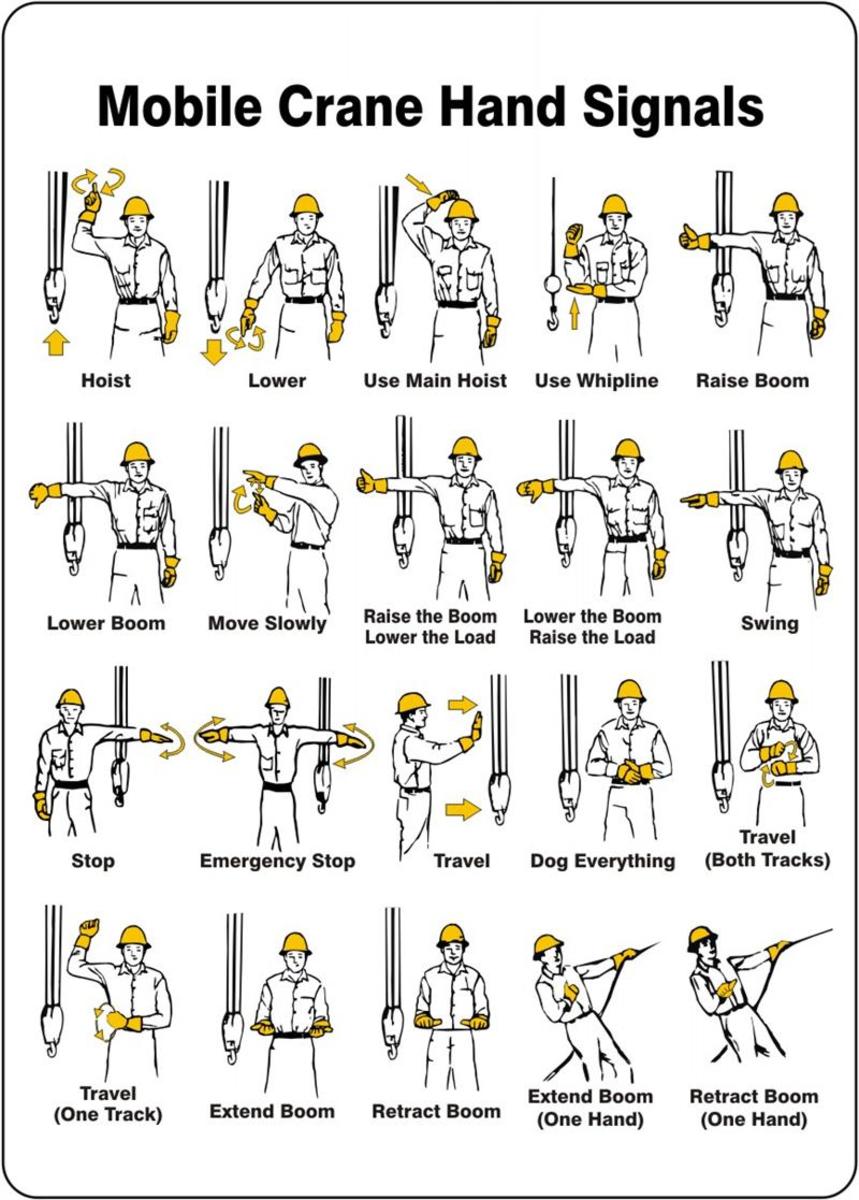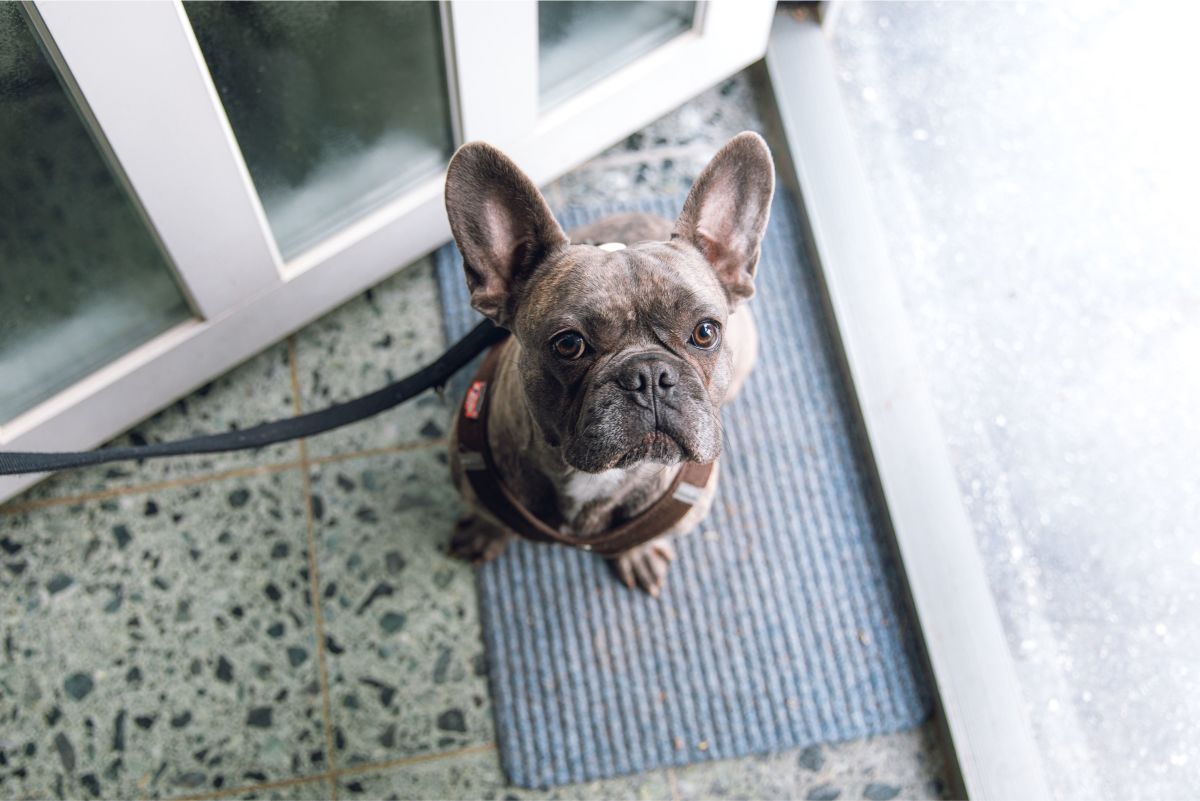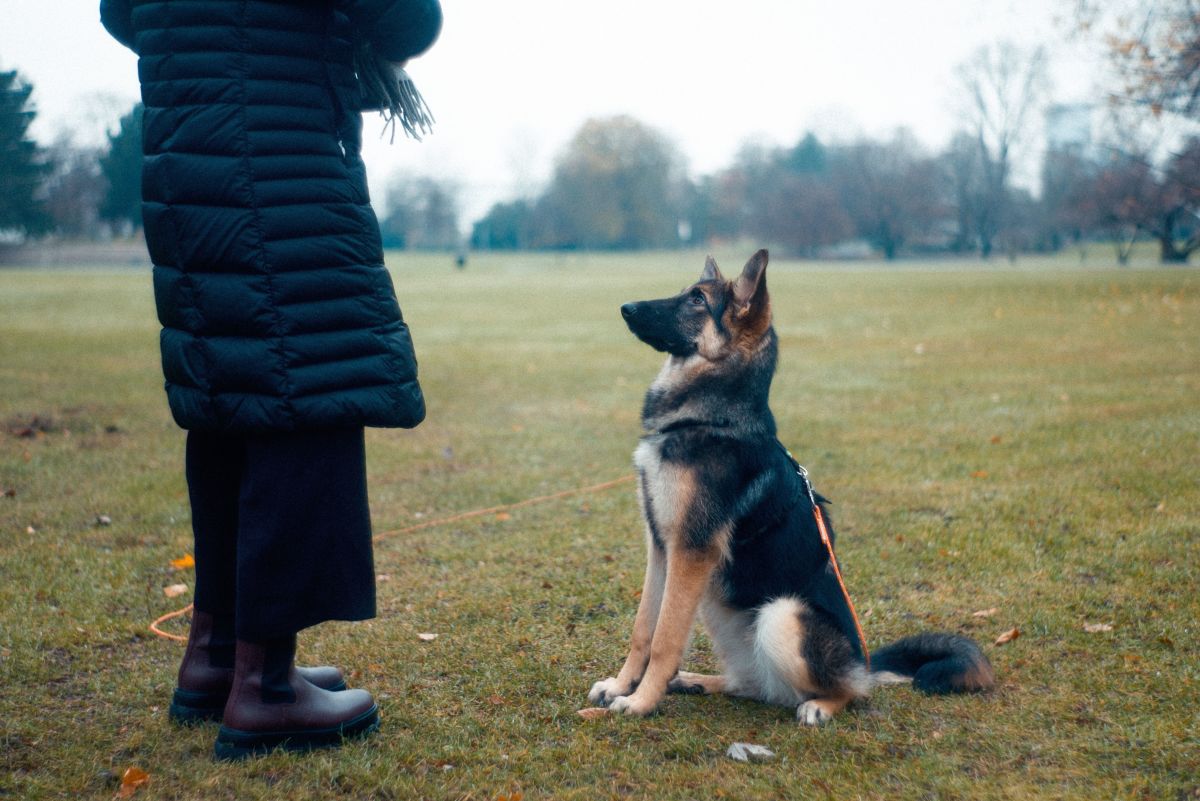Negotiation and Manipulation
Human-Canine Negotiation
Sometimes I feel like I'm sitting at a table negotiating a contract...or a peace treaty. Imagine my surprise when there's an established training method that utilizes this.
It's called the Premack Principle. Basically, it's a negotiation of sorts. The dog gives you want you want, then you give the dog what he wants. Otherwise, he loses the chance to get what he wants.
Here's an example: Let's say Wally's hungry as it's dinner time (and trust me, he knows when it's dinner time. Food is life to him, remember?). I have the food bowl filled with food in my hand. What he used to do was hover around me basically making it hard for me to even walk. So I asked him to lie down. Of course, he didn't. So he didn't eat.
Waited about 10 minutes, then got the food out again. He hovered again. I asked him to lie down. He didn't again. So no food. The third time, he's still wound up about the food. This time, he did lie down (after a moment of "thinking"). So now it was dinner time. He got his food.
I kept this up for about a week or so, using every meal time and even "snack" times to pound this home. It got to the point where he didn't even need to be asked. I hold the food bowl, and he went down.
You can do it with any known behavior and any thing he'd rather do. Even when and where to "do his business". With this, he'll look at me first when he finds a spot he wants to use. I'll either tell him "go potty" or call/direct him to another spot. I taught the initial look at me and then asked for that whenever he got to one of his areas he likes to use.
Essentially, Premack is one of the main tools I use in my training with him now, especially as he keeps learning new behaviors and mastering older ones - it give me lots of things to ask for in exchange for what he'd rather do. Always nice when he "asks for permission" first before just doing whatever!
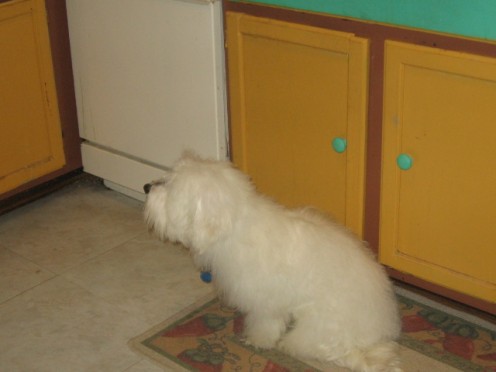
Canine Manipulation
No - they haven't invented the canine remote control yet. But, you can do the next best thing, and that's luring. Luring is manipulating the dog by having him follow a target in order to perform the behavior. An example of luring is holding a treat in your hand and raising it up and back to make the dog's head/body tilt, which often leads to a sit. Another example is putting a treat under his nose and then slide it back while he's standing, often inducing a dog to fold into a down position in order to get the food.
Luring can be effective, especially with something the dog really likes - like his favorite treat, pieces of cheese, or bits of deli ham. Move the lure in the way you'd want the dog to move when performing the behavior. For example, if you wanted him to spin around, move the lure so that he'd have to look back towards his tail and entice him to turn around to get it, then keep moving it in a circular motion. When he completes a spin, click and let him have the treat.
One I had to use to help Wally learn stand is to hold a treat relatively close to him at eye level and then move it away. This often induces him to get up and start to follow the treat. However, the instant he in stand position, I click and then give him the treat.
When I Use Negotiation vs Manipulation
Everyone will decide when to use what tools based on experiences with their dog(s) and the personality in question (both of dog and human). For me, I work it like this:
Luring: I use luring as part of teaching a behavior. To me, it wouldn't make sense to try to negotiate a behavior that he doesn't know how to do. It wouldn't be fair to penalize him for an unlearned or very recently learned behavior. So while I'm teaching, I'll utilize luring as a method to try to "explain" the behavior to him.
Premack: When I use the Premack Principle, it's with behaviors he's basically mastered and in more "practical" situations. Once he mastered sit, for example, it was sit for everything. Sit to eat. Sit to jump up on me and play. Sit to be invited up on my lap. Sit to go in or out. I used Premack to help him want to offer me the behavior when there's something he wants.
Leading to Hand Signals
One advantage to luring is that it can lead right into "built in" hand signals. The action of the hand you use to move the lure isn't being ignored by the dog. In fact, if he can't see the treat at all, he's using just his nose to track the scent and his eyes to track the object making the scent (your hand in this case). Many times, you can eventually just make the hand gesture like you had the lure still in your hand and the dog will respond accordingly.
I like using hand signals and often want to teach Wally both verbal and non-verbal cues. Sit and Down are two that built well around hand signals. Stand has a hand signal now (the one I described above) as well.
This can also be an advantage when teaching hand signals even for non-lured behaviors. Once the dog sees that it can pay to watch what your hands are doing, she might pay more attention to your hands in the future!
© 2009 Brian McDowell

